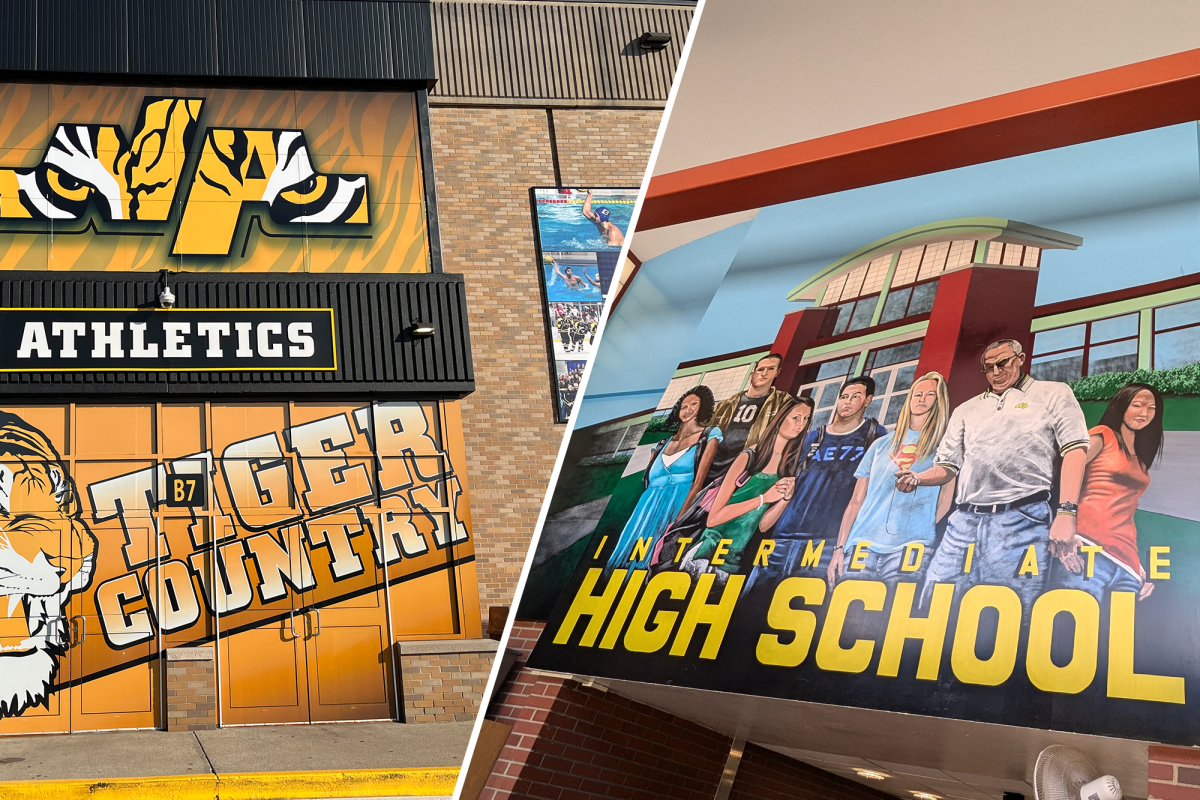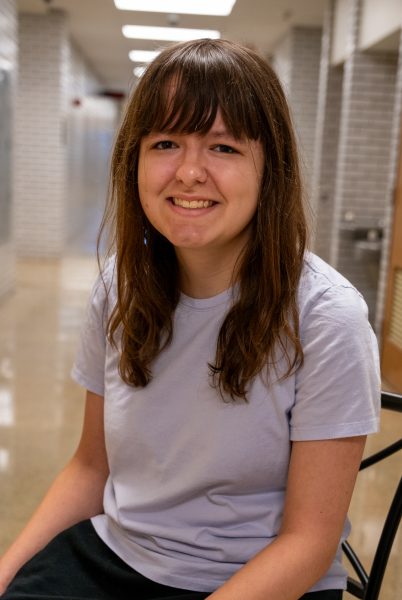With the school year beginning and freshmen and juniors settling into their new buildings, the idea of a combined high school is likely not crossing the minds of many students. Nonetheless, the district has been discussing the prospect of combining NAI and NASH into one cohesive high school since the beginning of 2023. However, many factors need to be considered, particularly traffic patterns and bussing.
A North Allegheny School Board meeting was held last month to discuss fundamental information regarding the possibility of the two high schools merging on one campus. Various routes were discussed, with careful thought put into which campus would become the site of the project. A traffic study was conducted to determine if road infrastructure has the capacity to support NAI as the site of a combined campus, which was the more probable course. Other options included building a new NAI building on the NAI site and renovating NASH, building the combined school on the NASH campus, or renovating both schools.
Ultimately, it was decided that the current roadway infrastructure can’t support the significant transportation needs of a combined school at either location. A cohesive high school at NAI would entail a 3,000 foot queue in the morning because of drop-off traffic backing up from the north as drivers try to make the left turn onto Cumberland Road. According to the traffic study, this would drop the service level from C to F, the worst level of service according to PennDOT.
Similarly, at NASH, there’s a failure of capacity on Perry Highway at the left turning lane. Hundreds of feet of dual turning lanes would need to be added to Route 19, which would be a massive undertaking that requires millions of dollars. If every student took the bus rather than getting dropped off or driving themselves, this would greatly improve the chances of the combination, but unfortunately such a scenario simply isn’t plausible.
A unified NASH and NAI would certainly open a variety of new possibilities. Students would have additional course offerings and the opportunity to build long-lasting relationships with teachers and school counselors. A merger would also remove the complication of having to adjust from middle school to NAI and then from NAI to NASH two years later.
However, the results from the traffic study appear to be a deal breaker.
Nevertheless, two NASH teachers gave their thoughts on the ways a combined campus would affect their jobs. Mrs. Rhinehart, an Honors and AP level English 4 teacher, currently only works with seniors.
“I’m pretty set on what I teach here, and having a 9-12 building means that we would be sliding into grade levels we’re not used to teaching,” she said. “It is not bad. It’s just different.”
Rhinehart continued to explain how the change would entail a larger repertoire of classes to teach, as she would likely undertake teaching other grades rather than solely seniors.
“It would solve many problems we have, especially for students who have to travel between buildings to take a class, but it would also create new problems,” she added. “I think it would be great in terms of unifying the high school experience at NA, but I worry about what it would take to get to that point.”
Mr. Hannan, a NASH math teacher who teaches both juniors and seniors, had similar thoughts about the proposal.
“I would like to do it if it’s feasible,” Hannan remarked. “Having everyone in one place would make consistency across classes easier. For example, there are some classes that are taught in 10th and 11th grade, but if the teachers are in different buildings, then it’s harder to collaborate and communicate.”
Hannan also explained how he might be asked to teach subjects for 9th and 10th graders if such a merger were in the works.
“I would totally be open to it,” he said, “but there would definitely be a maturity difference.”
NASH seniors Maya Champagne and Jennifer Zhang, who both have two elementary and middle school aged brothers and sisters, remarked that it would be great to have their siblings navigating the same high school together for one or two years (which would be possible in a 9-12 building) rather than none. But Zhang soon adjusted her view.
“If I had to see the freshmen and sophomores, I would cringe, as I remember myself when I was a freshman and sophomore,” she said.
Moving forward, a renovation project at both schools appears more realistic. Building-level committees will need to be formed and then moved up to an executive steering committee for evaluation. Once there is a conceptual solution, additional details will need to be considered, including a lengthy subsoil investigation, as there was once a creek at the NAI site.
As of now, the future is inconclusive. Perhaps there will be more land available 20 years from now to reconsider a combined campus, or maybe students will continue living one half of their high school years at NAI and the other half at NASH.


